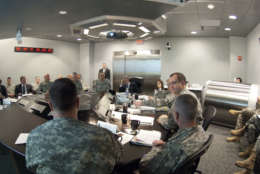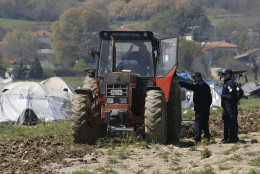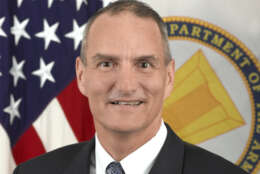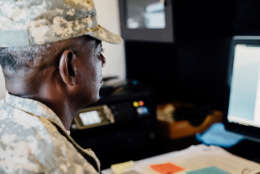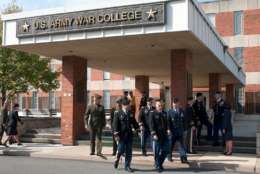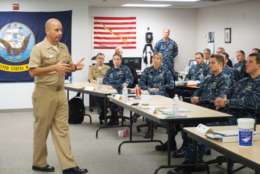Army
-
The Army is overhauling the way it recruits after a sour 2018. This includes exploring social media, Twitch and even memes as a way to reach potential recruits.
October 09, 2018 -
Only 20 percent of the Army's cyber teams are made up of civilians. The Army is analyzing whether that's the right ratio in an environment where every uniformed servicemember is expected to be able to deploy to combat.
October 09, 2018 -
In today's Federal Newscast, a new report from the Homeland Security Department says large agricultural operations face cyber threats like data theft, and even destruction of large-scale farm equipment.
October 09, 2018 -
Government Accountability Office looked at Army and DoD implementation of 35 recommendations to shore up the safety of the military’s biological agents program.
October 05, 2018 -
Despite the wide variety of nutrition bars on the commercial market, none of them deliver the levels of nutrients researchers think are needed to reduce military injury rates.
October 04, 2018 -
Two new devices will be able to detect brain injuries and bleeding in the brain.
October 03, 2018 -
The military is changing its training and recruitment standards to fit cyber operators.
October 02, 2018 -
The Army names a new deputy CIO, while the Air Force picks its second-ever chief data officer.
October 01, 2018 -
The Army is holding back some of its soldiers from more advanced cyber training to keep them around.
September 28, 2018 -
The Federal Acquisition Streamlining Act of 1994 told federal agencies to seriously consider if commercial items would meet acquisition program requirements before building new systems.
September 28, 2018 -
The Department of Housing and Urban Development became the second agency to get help in upgrading its technology and financial management systems under the White House's marquee IT modernization effort.
September 26, 2018 -
The Joint Tactical Networking Center is using open systems to create the next generation of tactical radio systems and be interoperable across the military services.
September 25, 2018 -
In today's Federal Newscast, the soldier detonated the device near Fort Polk, Louisiana, after which two investigators were severely injured analyzing the materials.
September 25, 2018 -
Army Secretary Mark Esper wants the Peacekeeping and Stability Operations Institute gone because the service is composed of warriors, not peacekeepers, but Army brass want to keep it.
September 18, 2018 -
The Navy is giving its commanders discretion on whether to require some training.
September 17, 2018


